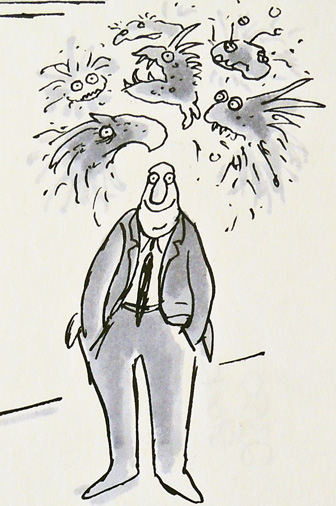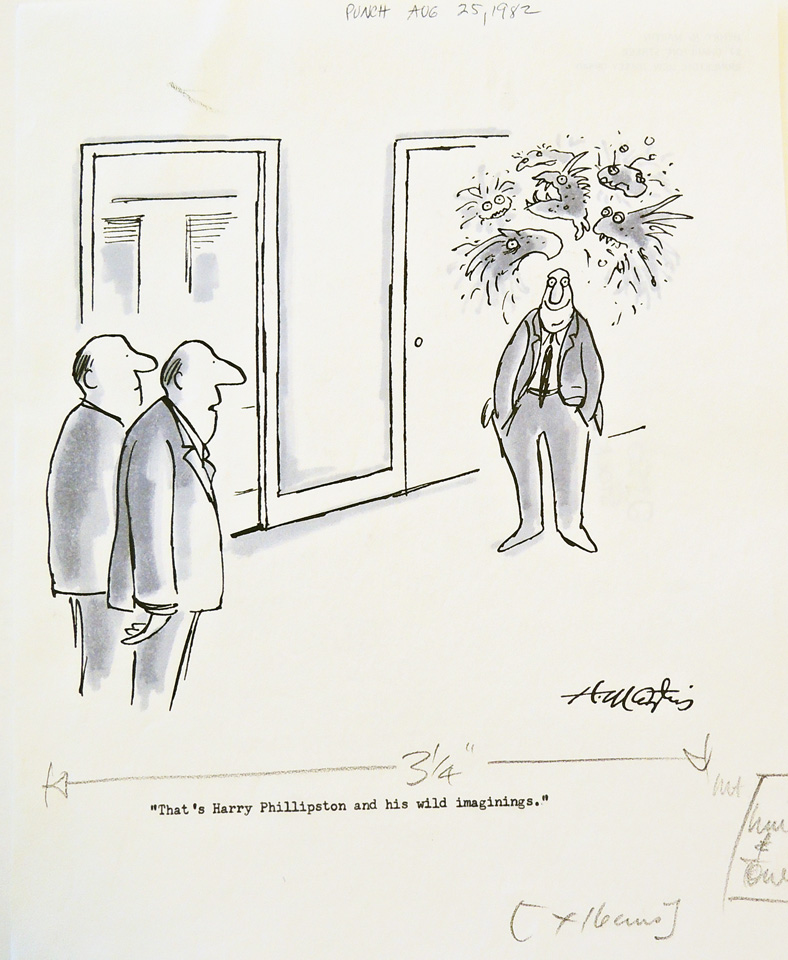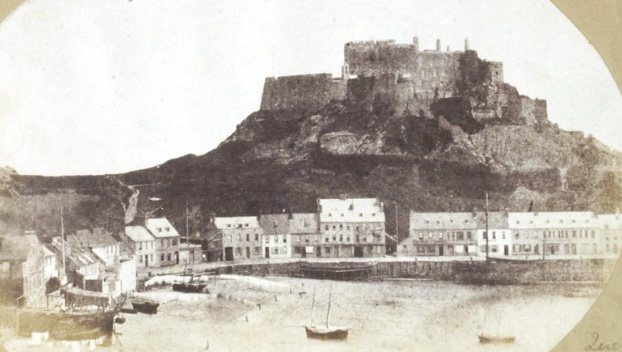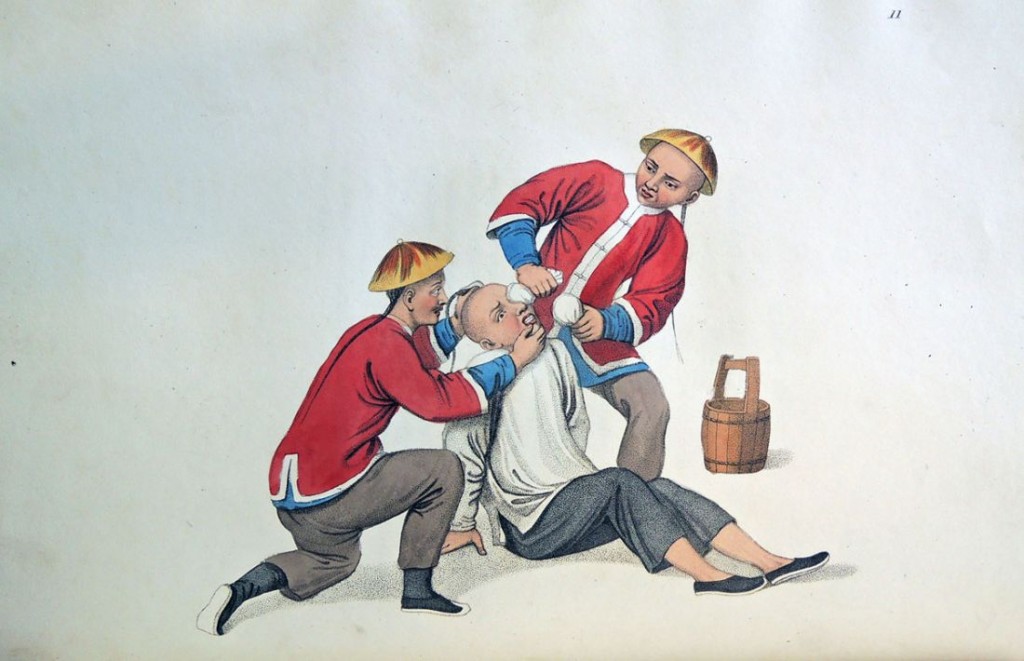 “Burning a man’s eyes with lime” in Les Punitions des Chinois, représentés en vingt-deux gravures: avec des explications en Anglais et en Francais (London: Guillaume Miller; Printed for W. Miller by W. Bulmer, 1801). Twenty-two hand colored stipple engravings by John Dadley (1767-1817). Graphic Arts Collection GAX in process. References: Abbey Travel 532 (1804 edition); Colas 2010; Cordier Sinica 549
“Burning a man’s eyes with lime” in Les Punitions des Chinois, représentés en vingt-deux gravures: avec des explications en Anglais et en Francais (London: Guillaume Miller; Printed for W. Miller by W. Bulmer, 1801). Twenty-two hand colored stipple engravings by John Dadley (1767-1817). Graphic Arts Collection GAX in process. References: Abbey Travel 532 (1804 edition); Colas 2010; Cordier Sinica 549
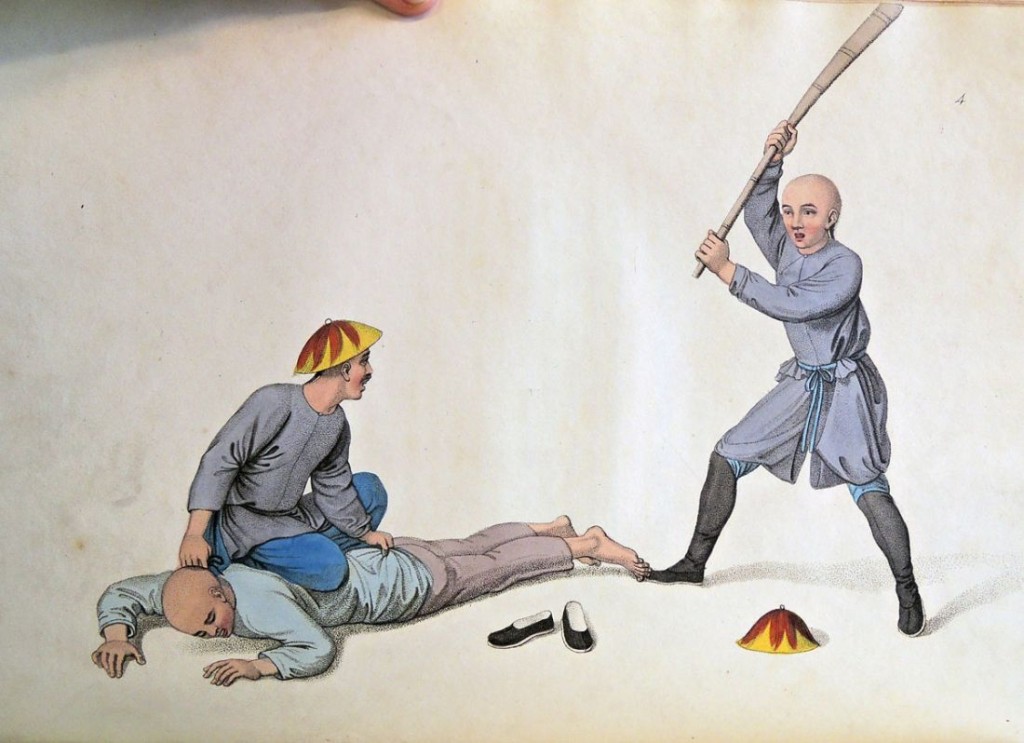
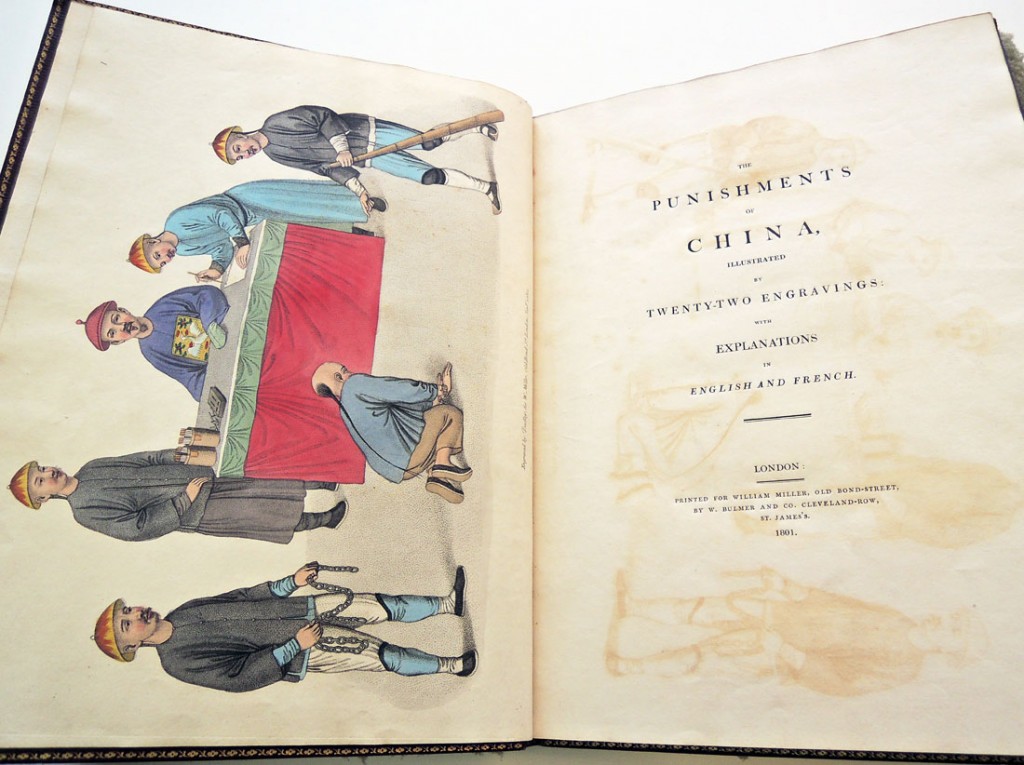
Preface. The Chinese code of penal laws is compiled in such a manner as to have a punishment appropriated for every crime; a series of these is displayed in the following Plates. The wisdom of the Chinese Legislature is no where more conspicuous than in its treatment of robbers, no person being deomed [sic] to suffer death for having merely deprived another of some temporal property, provided he neither uses, nor carries, any offensive weapon. This sagacious edict renders robbery unfrequent; the daring violator of the laws, hesitating to take with him those means which might preserve his own life, or affect that of the plundered, in the event of resistance, generally confines his depredations to acts of private pilfering; and a robbery, attended with murder, is, of course, very rarely perpetrated.
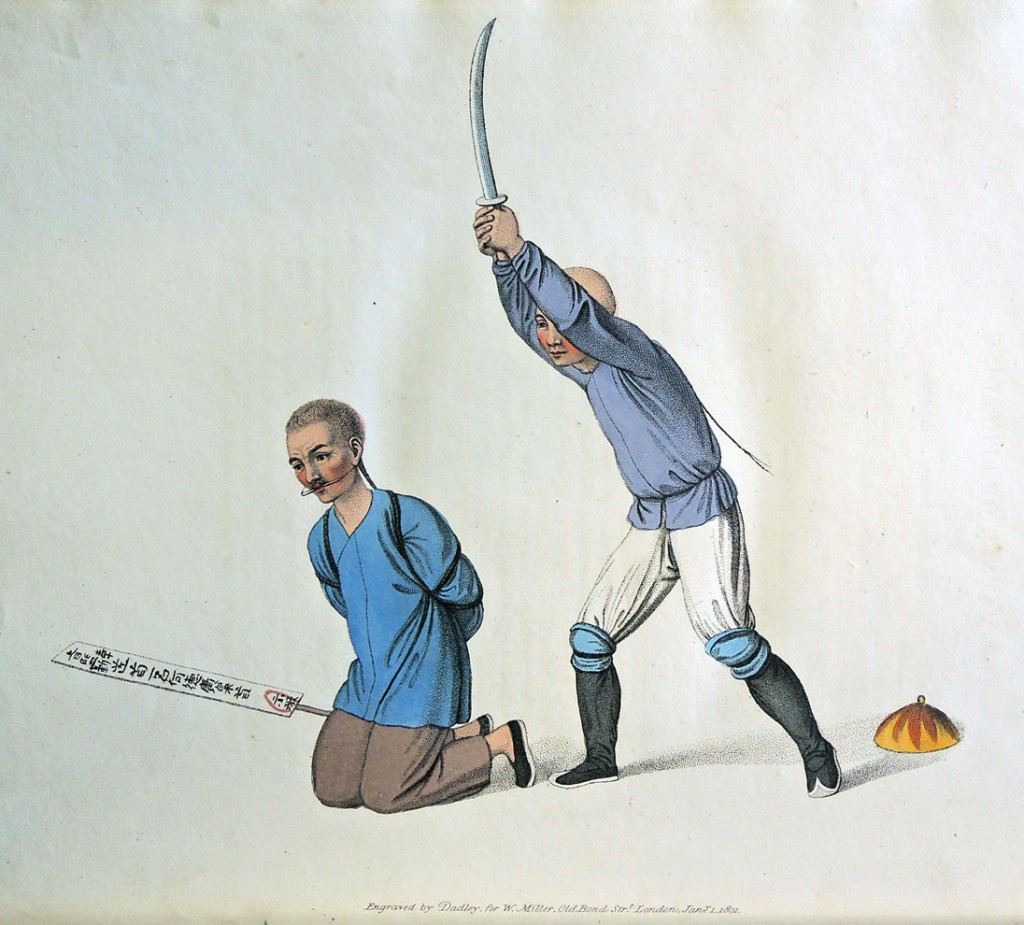 The manner of beheading.
The manner of beheading.
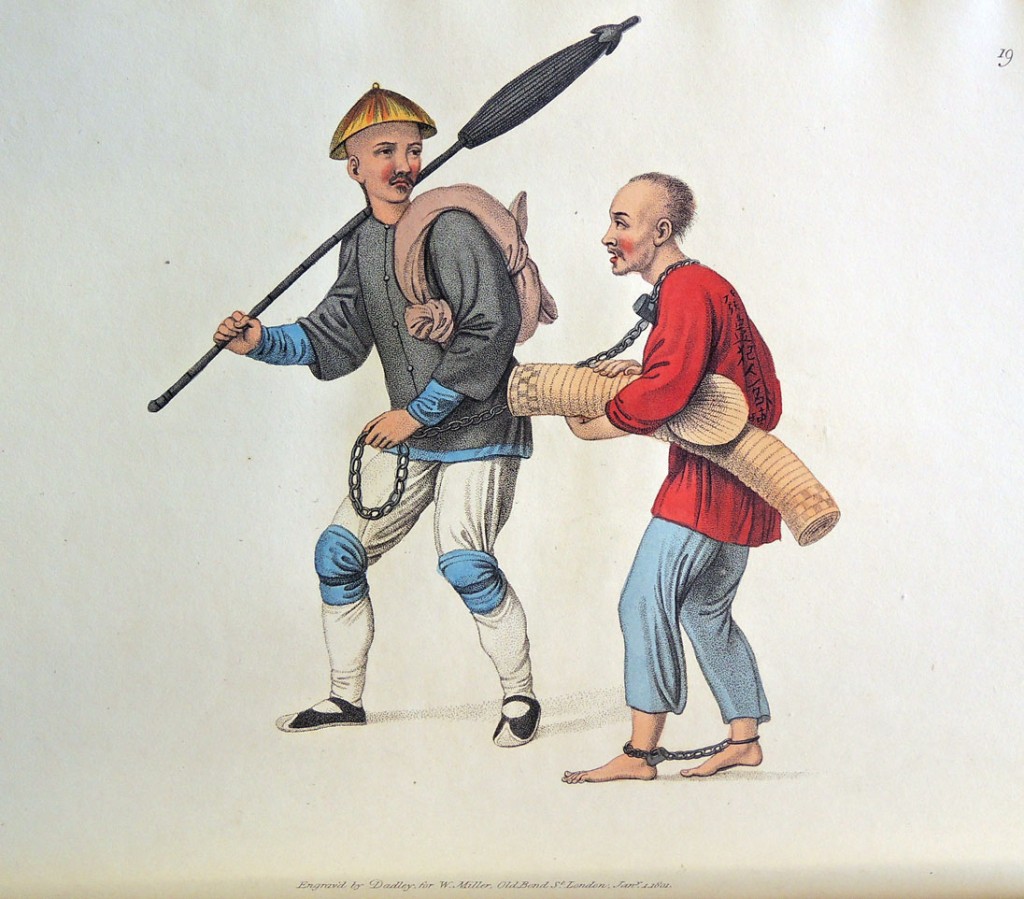 Conducting an offender into banishment.
Conducting an offender into banishment.
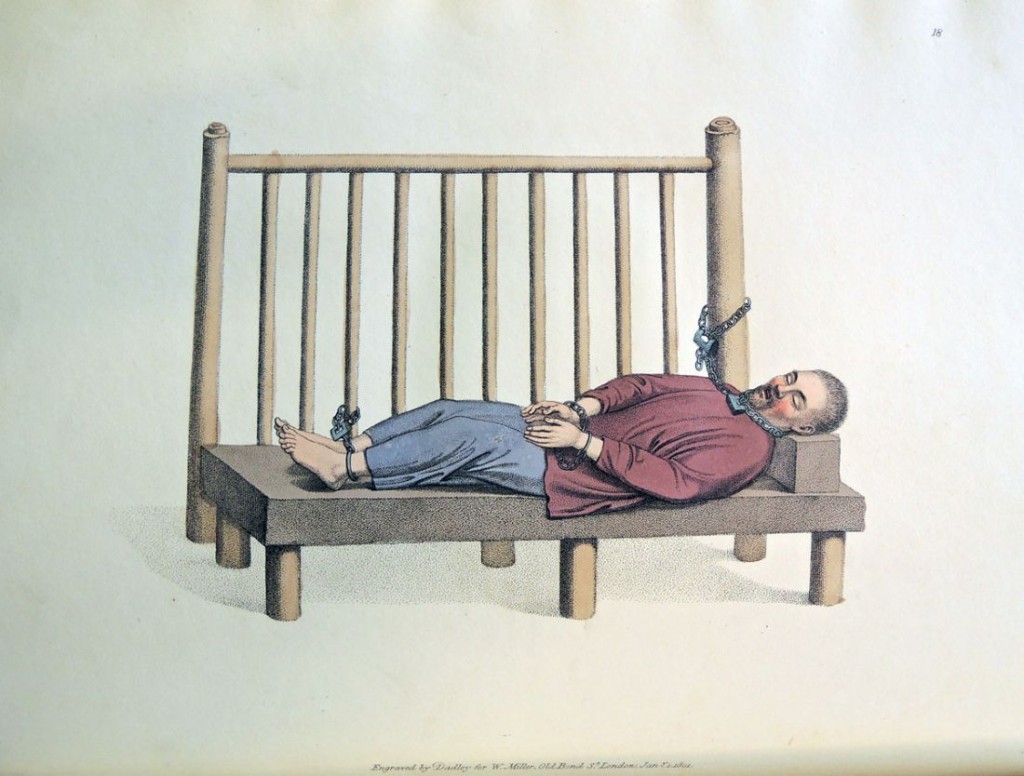 Close confinement.
Close confinement.
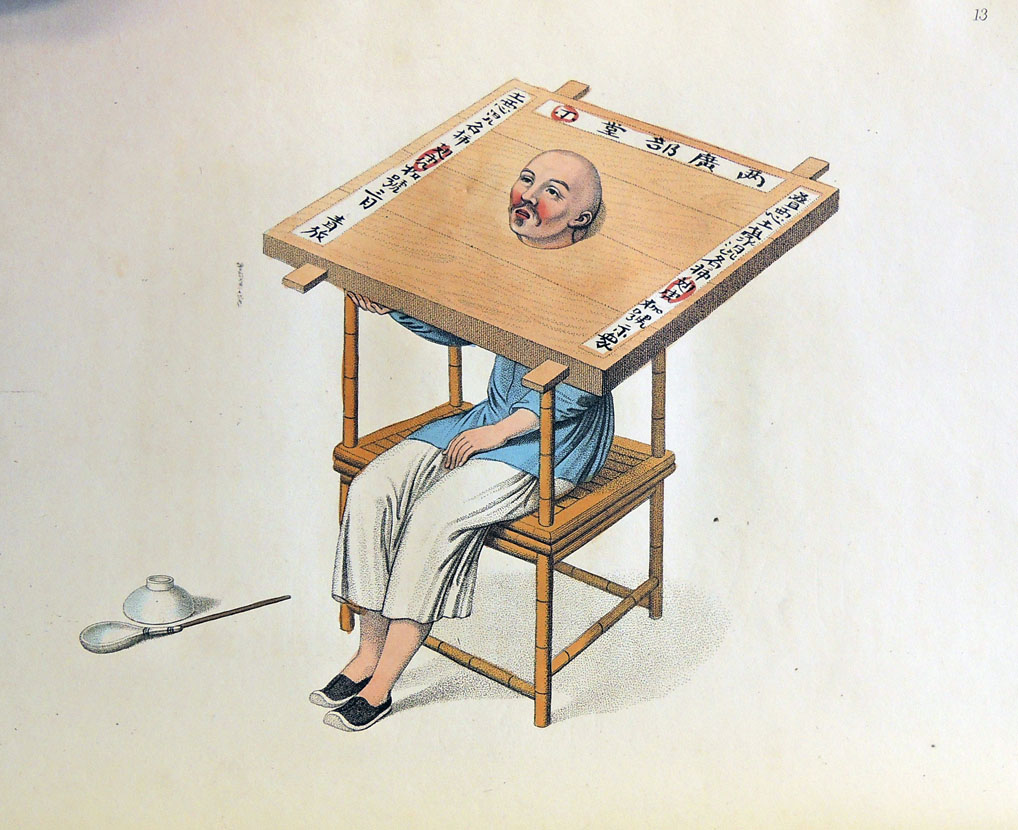 Punishment of the wooden collar.
Punishment of the wooden collar.
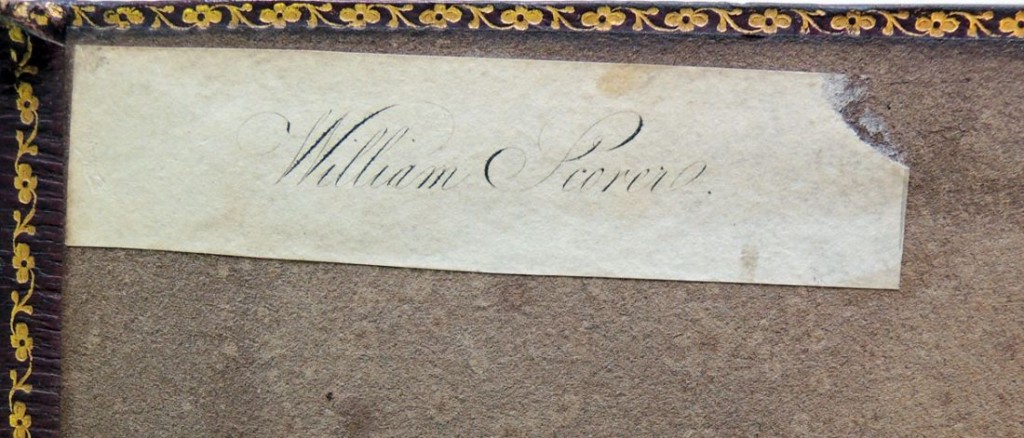
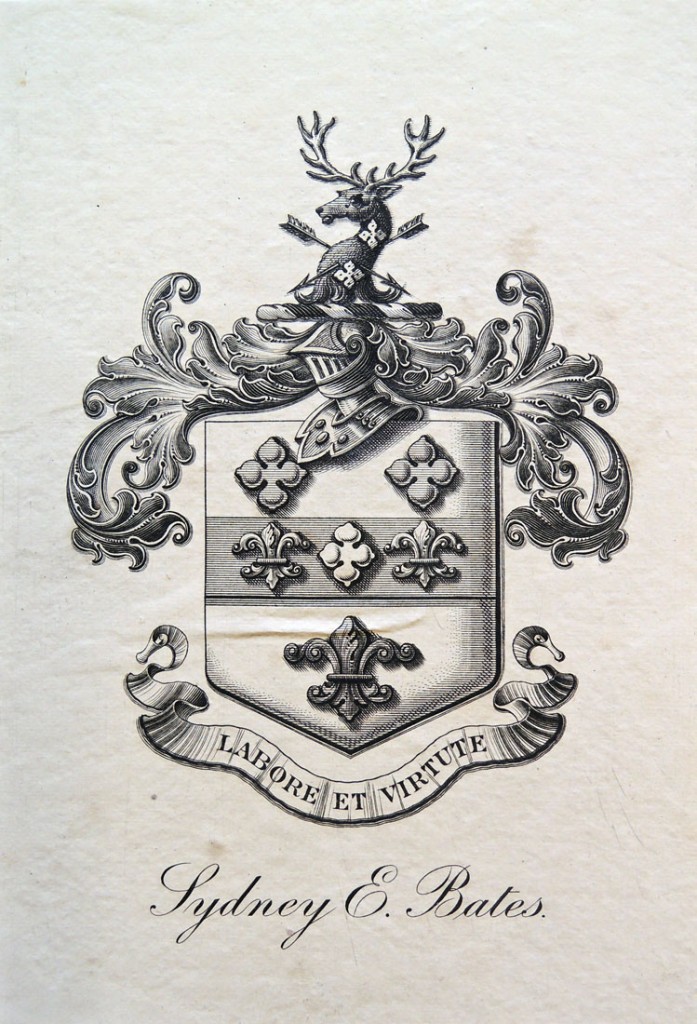 George Henry Mason, The Punishments of China. Illustrated by twenty-two engravings: with explanations in English and French (London: Printed for W. Miller by W. Bulmer, 1801). Graphic Arts Collections GAX in process.
George Henry Mason, The Punishments of China. Illustrated by twenty-two engravings: with explanations in English and French (London: Printed for W. Miller by W. Bulmer, 1801). Graphic Arts Collections GAX in process.
1. A culprit before a magistrate; 2. A culprit conveyed to prison; 3. A culprit conducted to trial; 4. An offender undergoing the bastinade; 5. Twisting a man’s ears; 6. Punishment of the swing; 7. Punishing a boatman; 8. Punishing an interpreter; 9. The rack; 10. Torturing the fingers; 11. Burning a man’s eyes with lime; 12. A malefactor chained to an iron bar; 13. Punishment of the wooden collar; 14. A man fastened to a block of wood; 15. A malefactor in a cage; 16. Punishment of a wooden tube; 17. Hamstringing a malefactor; 18. Close confinement; 19. Conducting an offender into banishment; 20. A malefactor conducted to execution; 21. The capital punishment of the cord; 22. The manner of beheading.

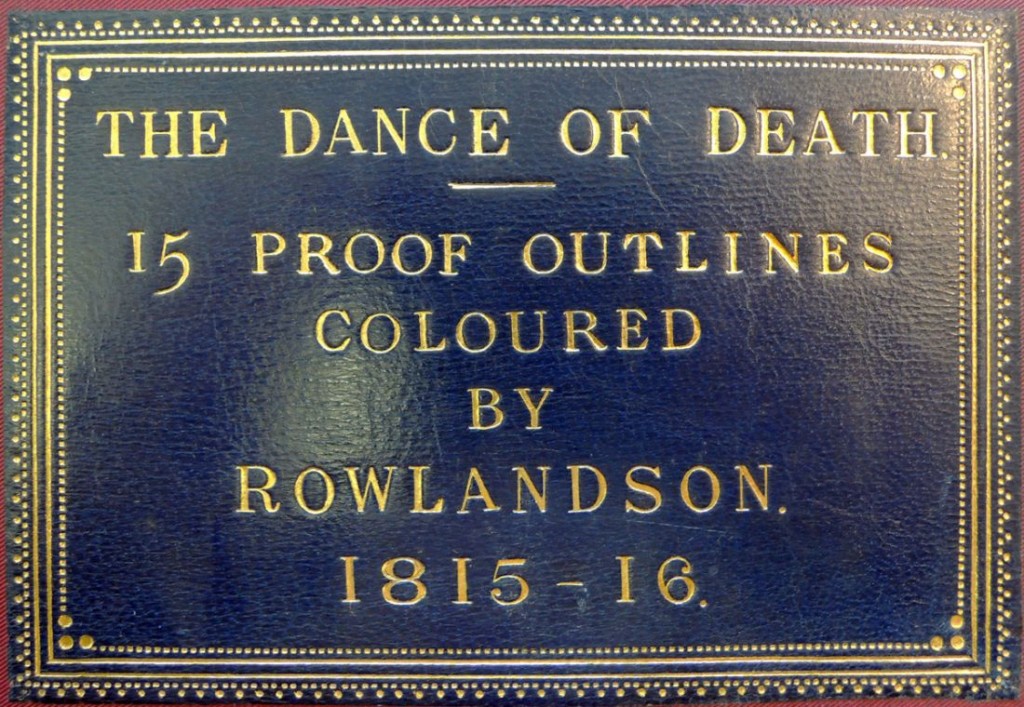
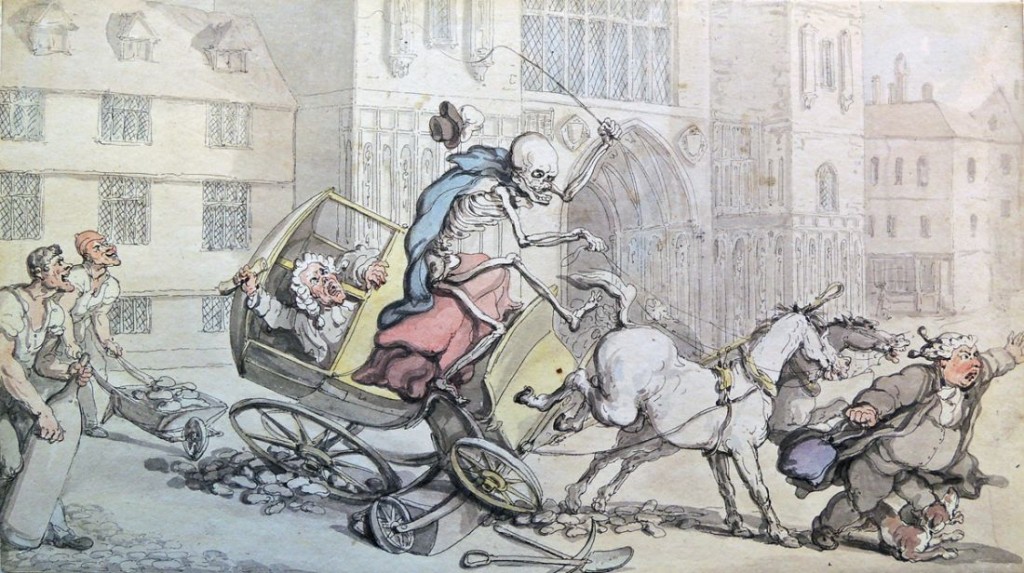
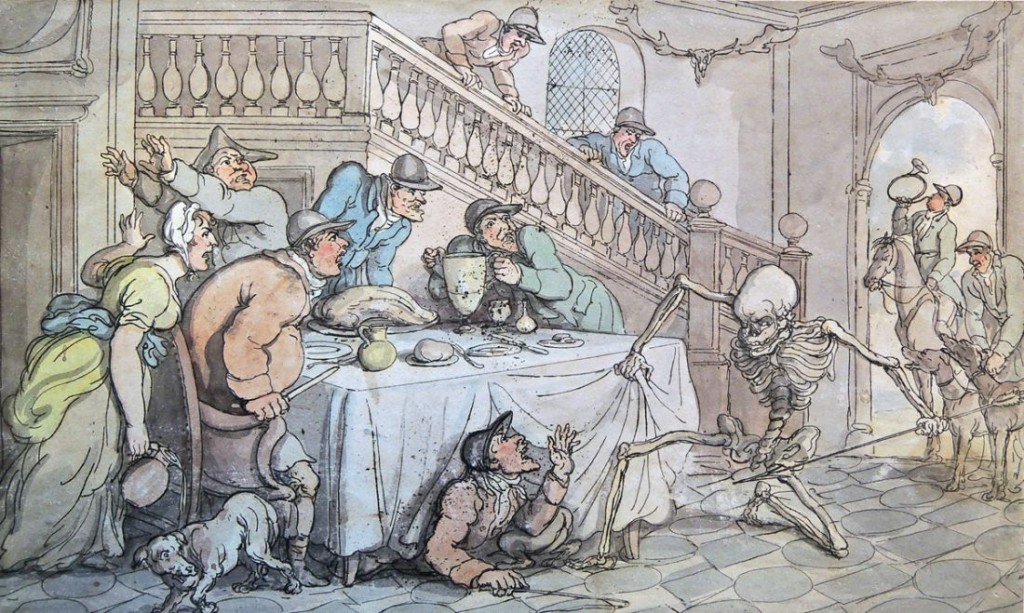

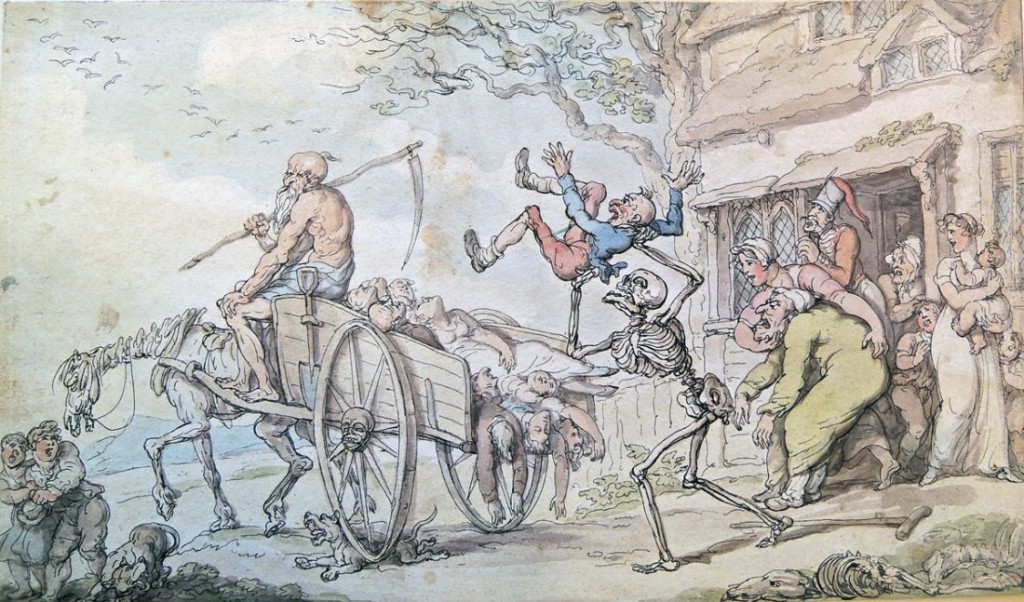
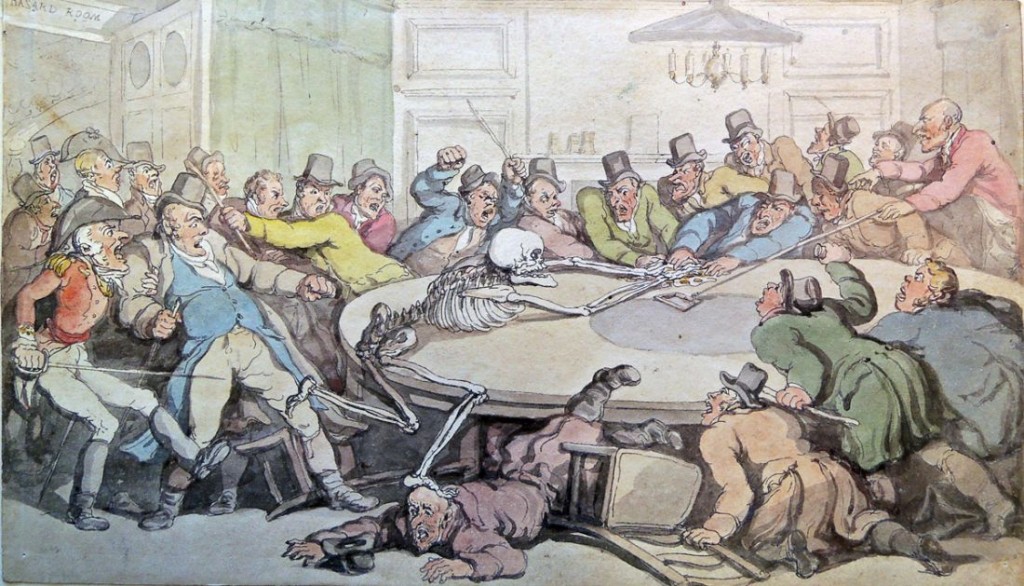
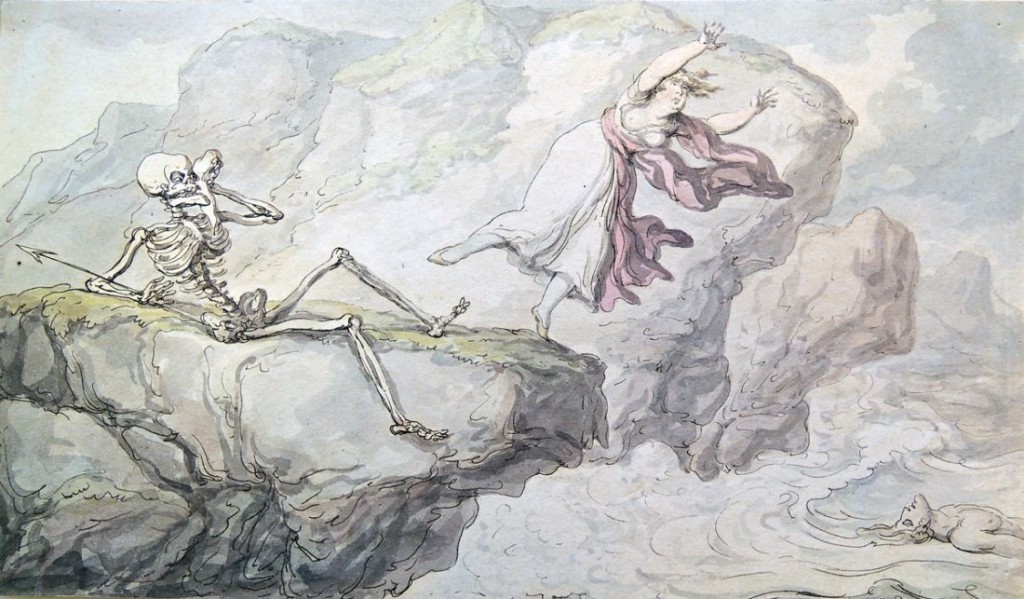
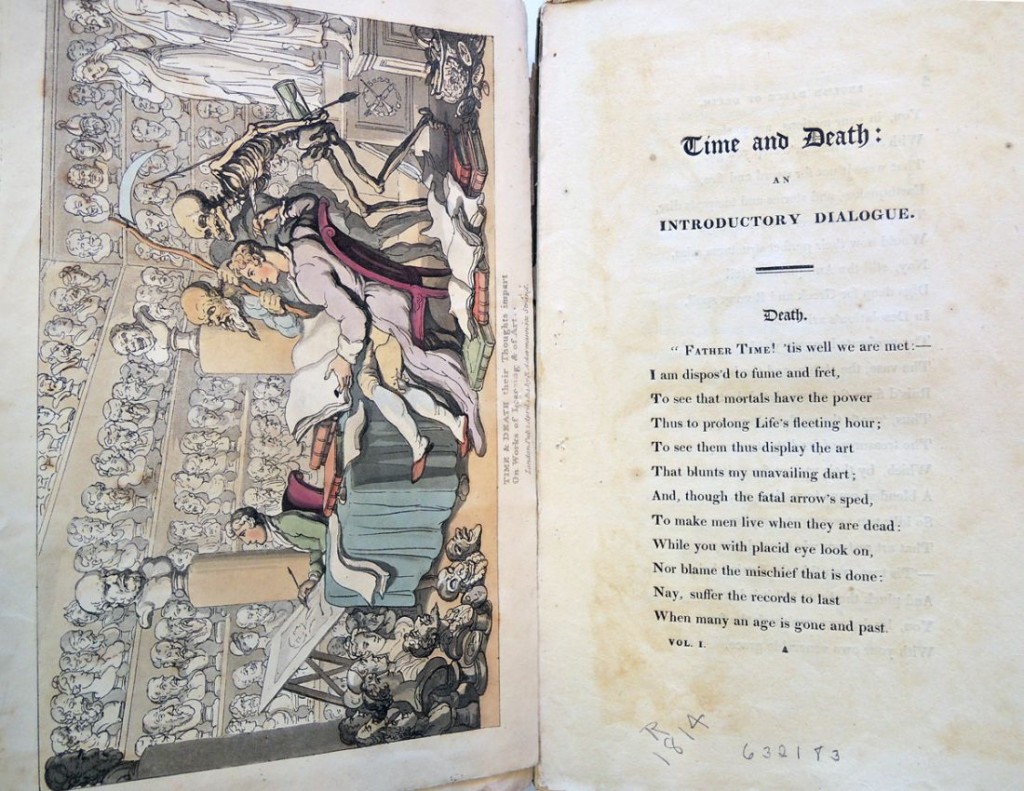
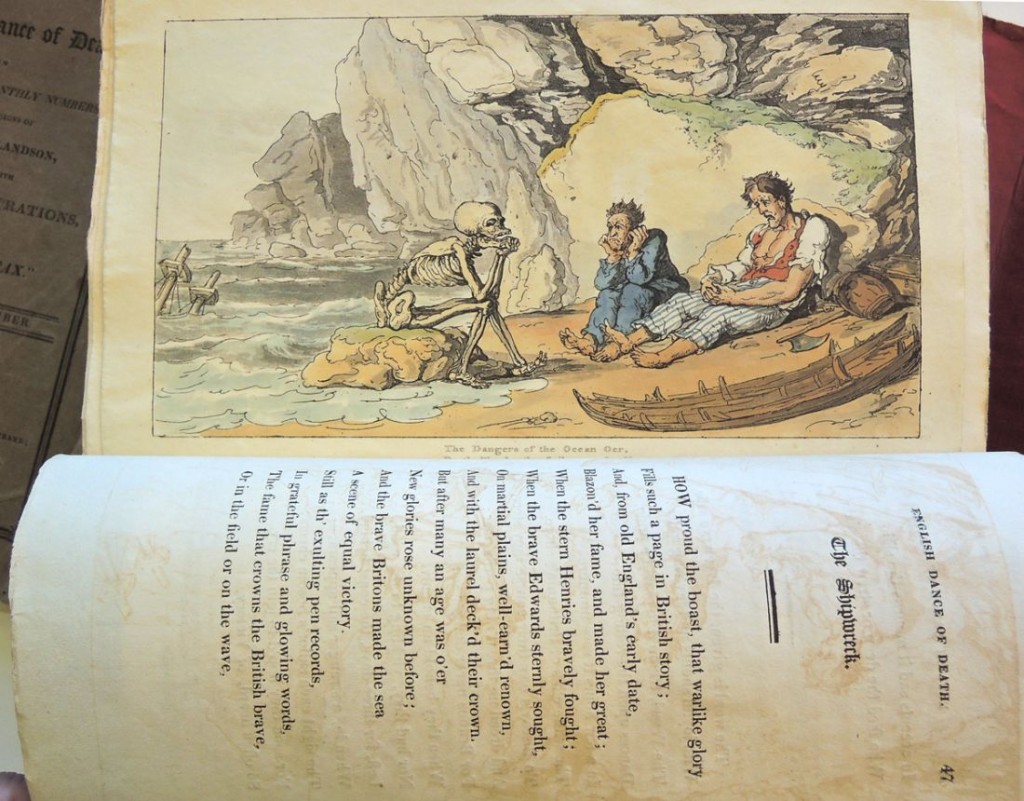
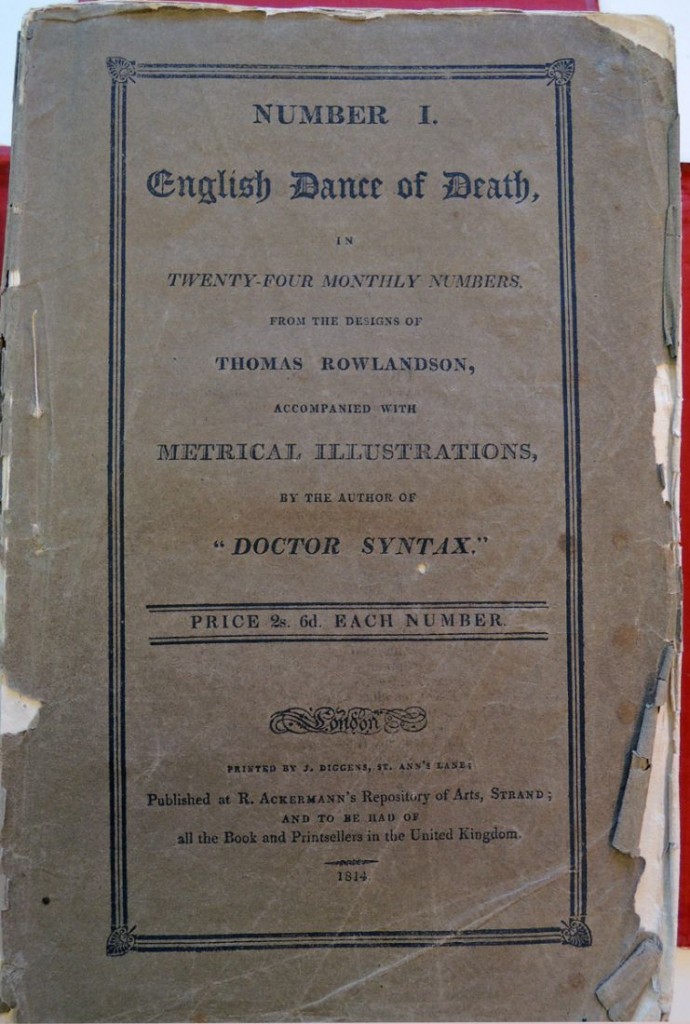
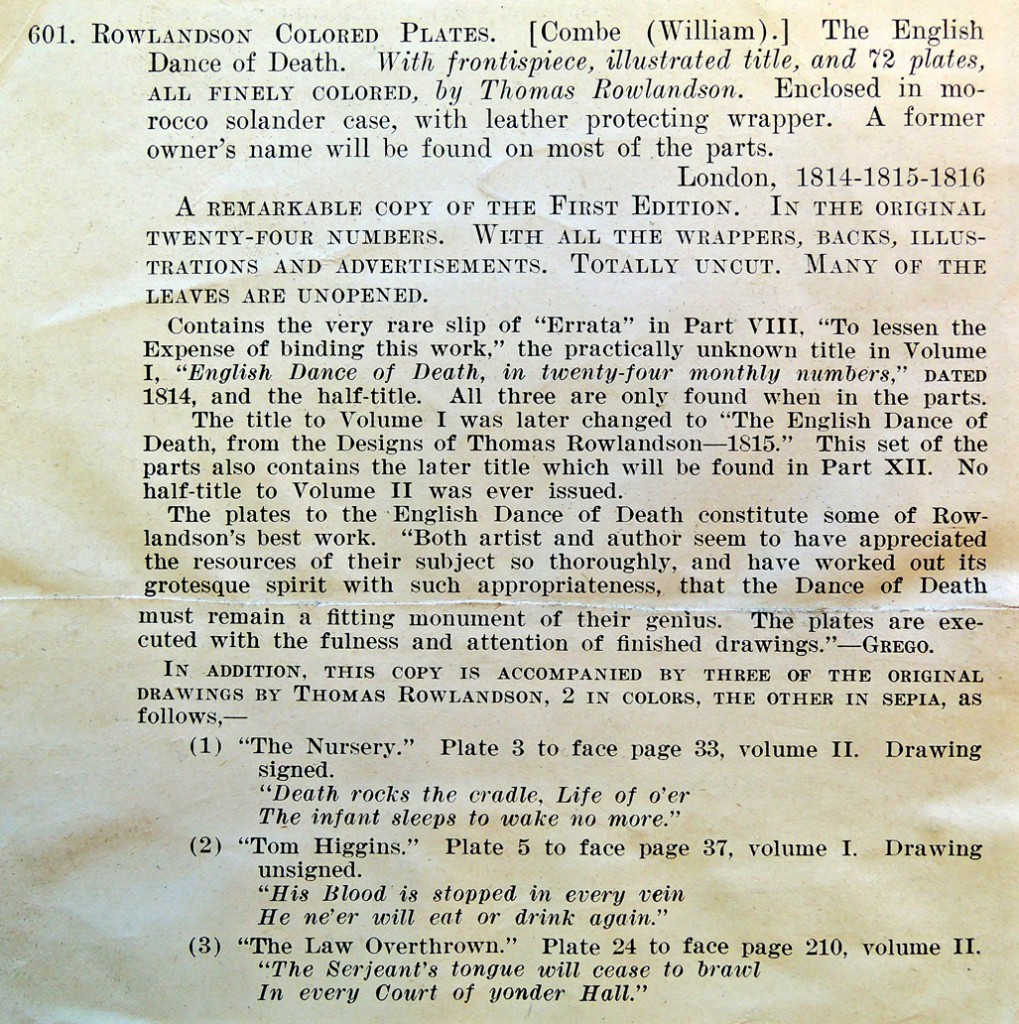
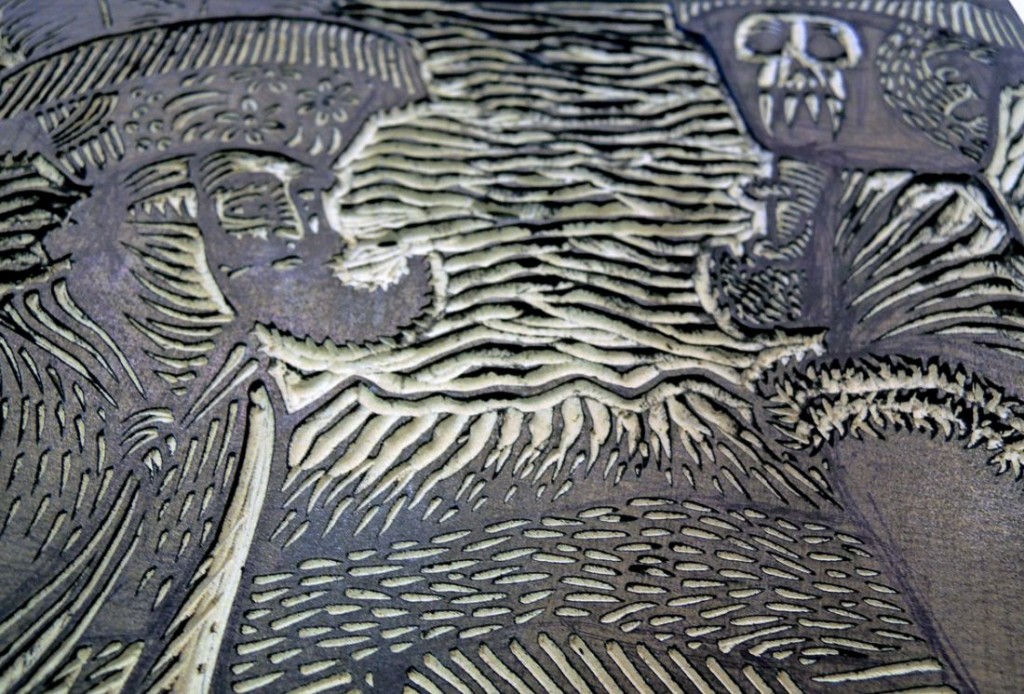
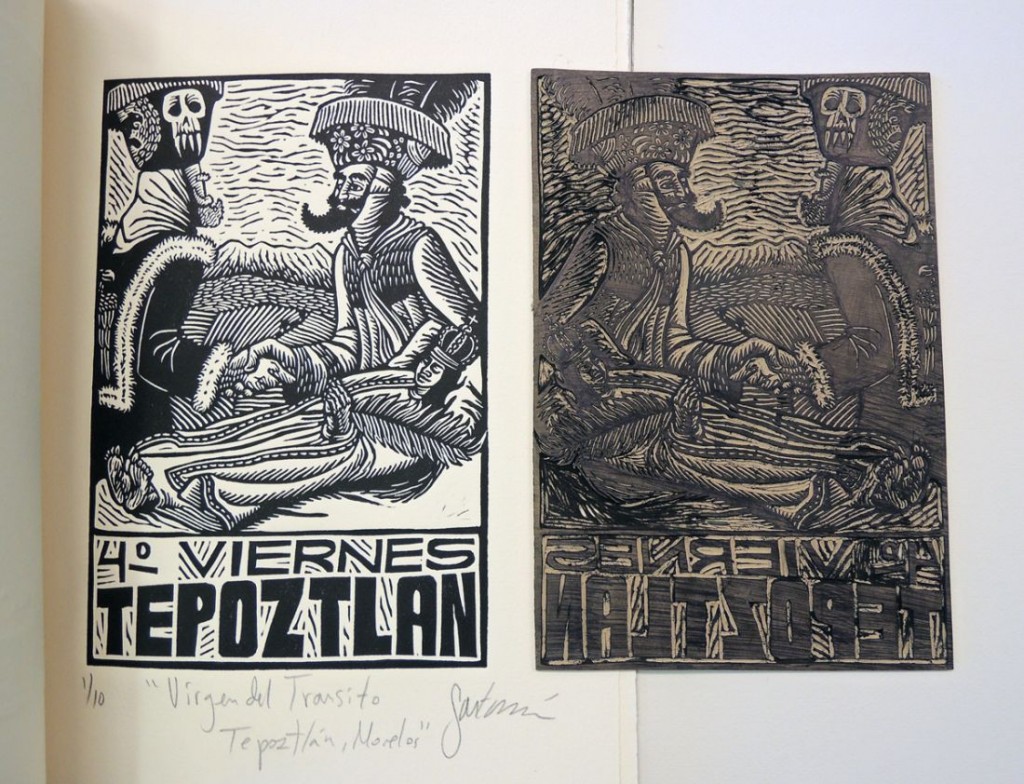
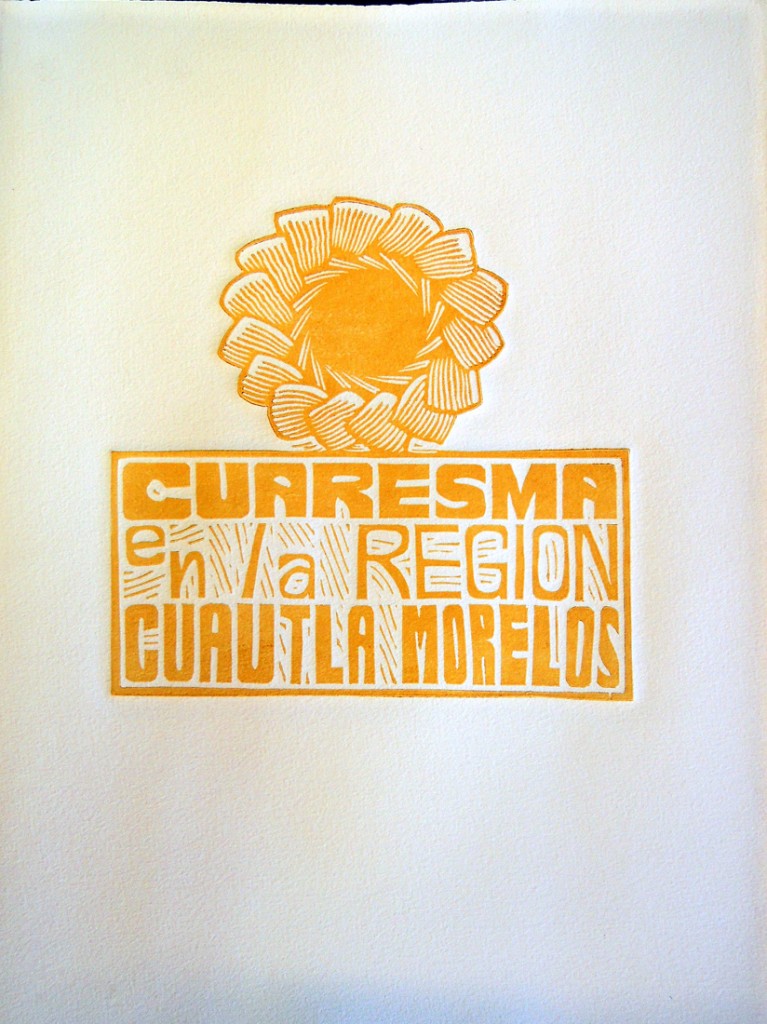
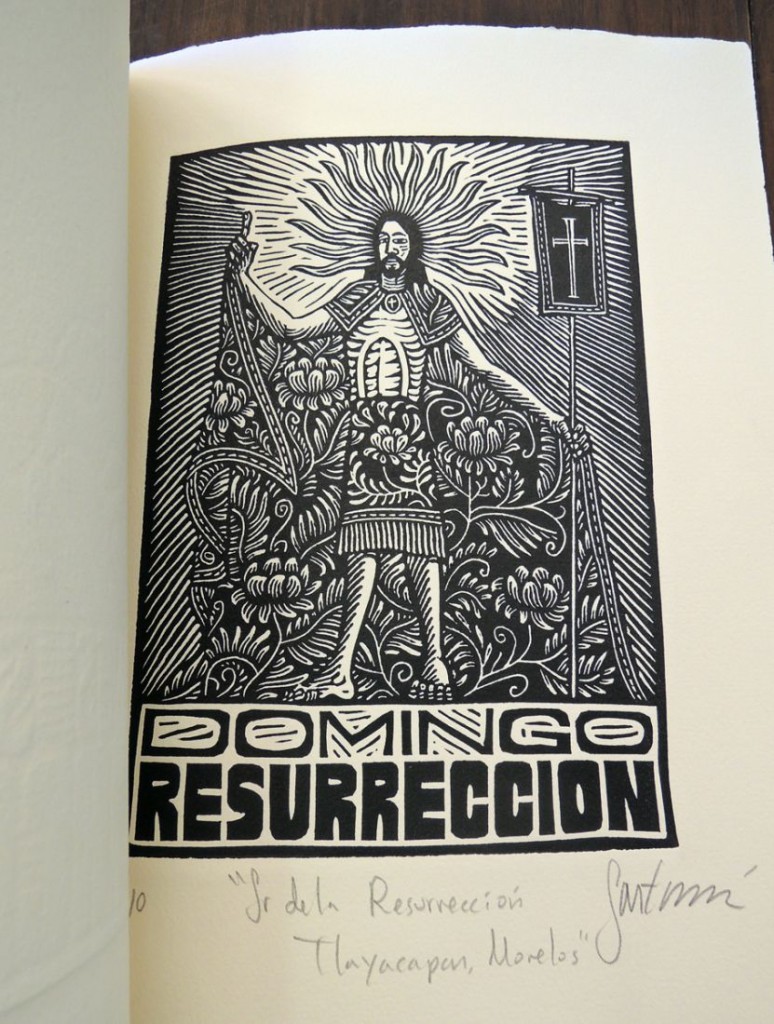
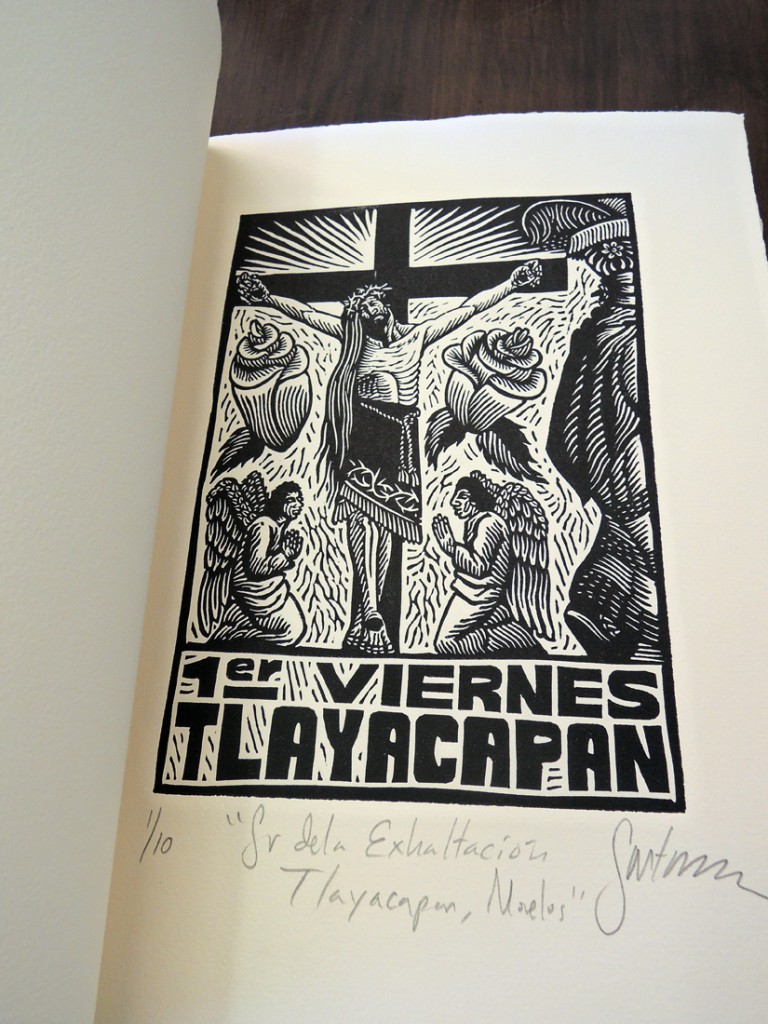
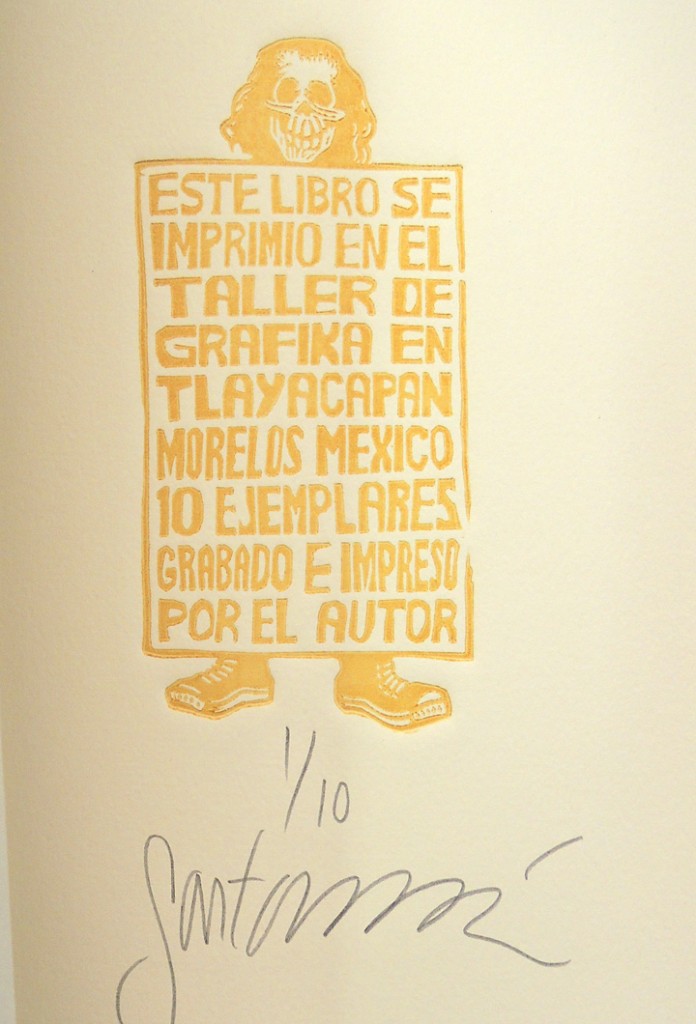

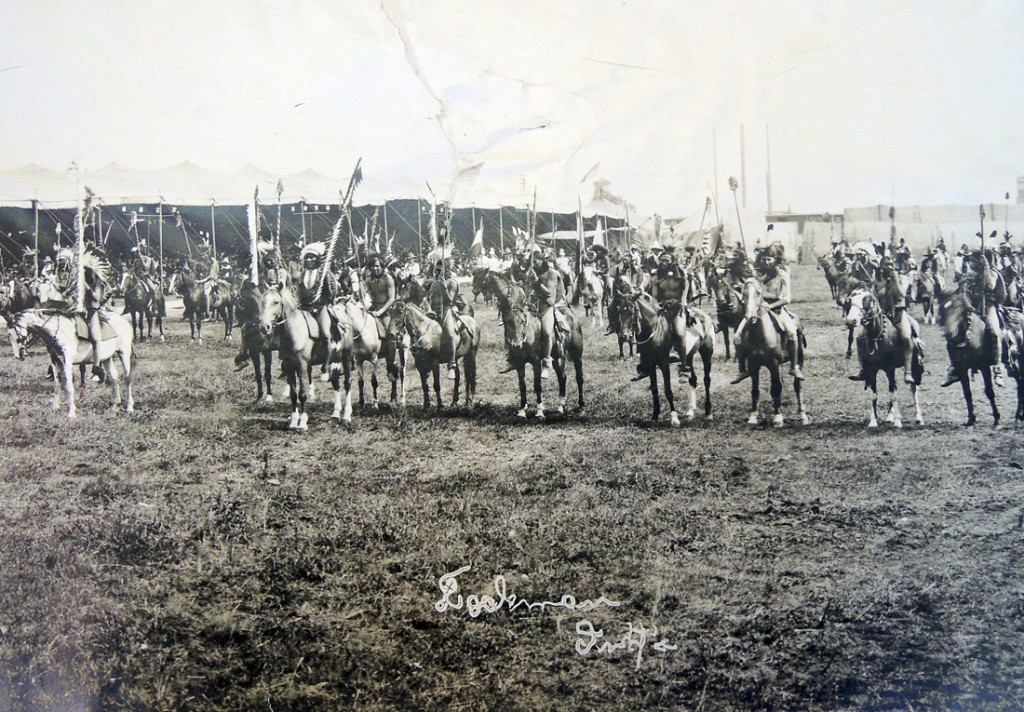

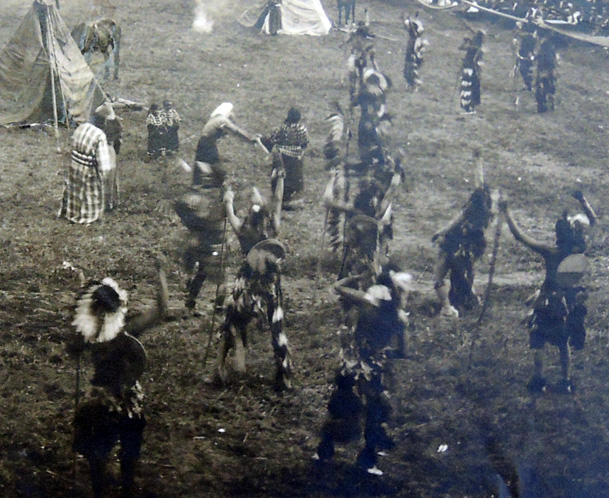
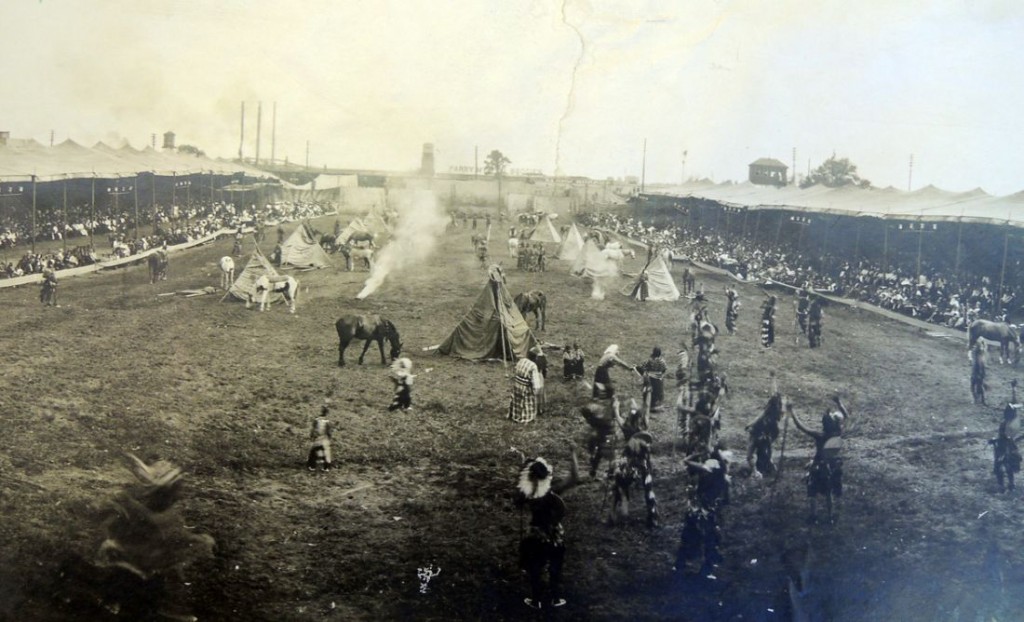

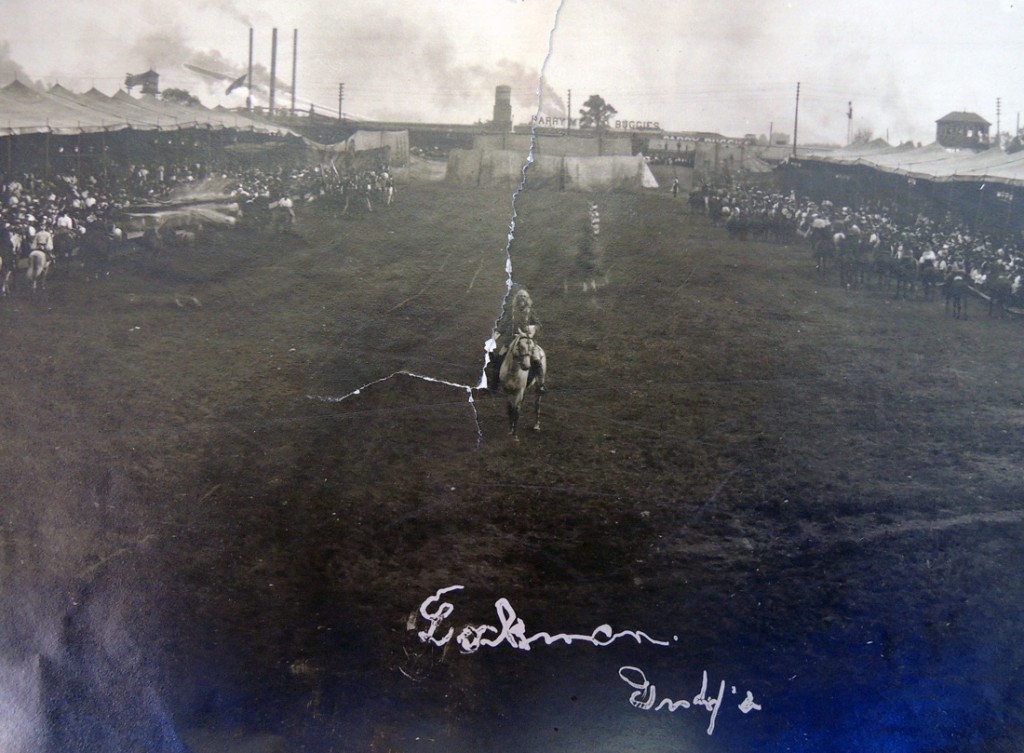


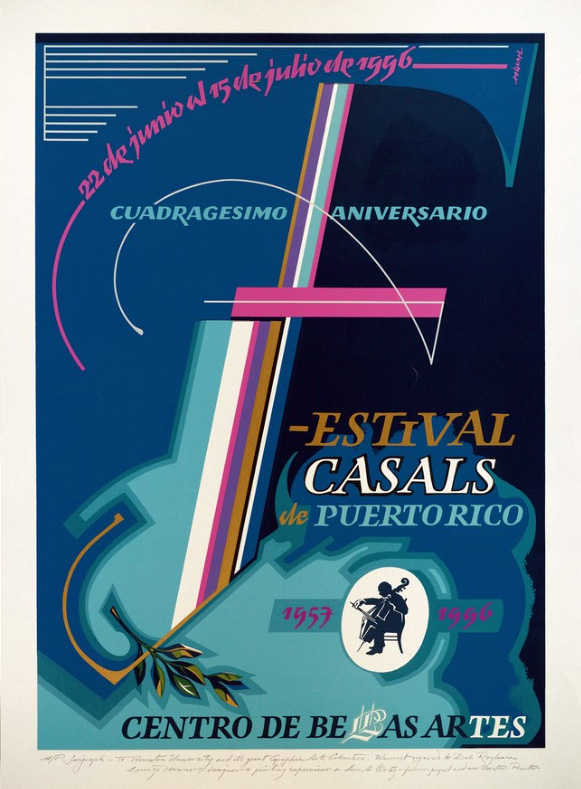
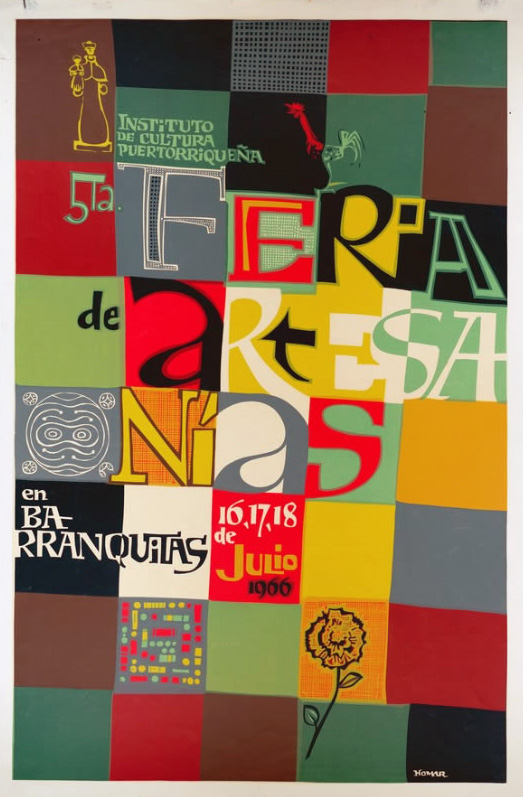
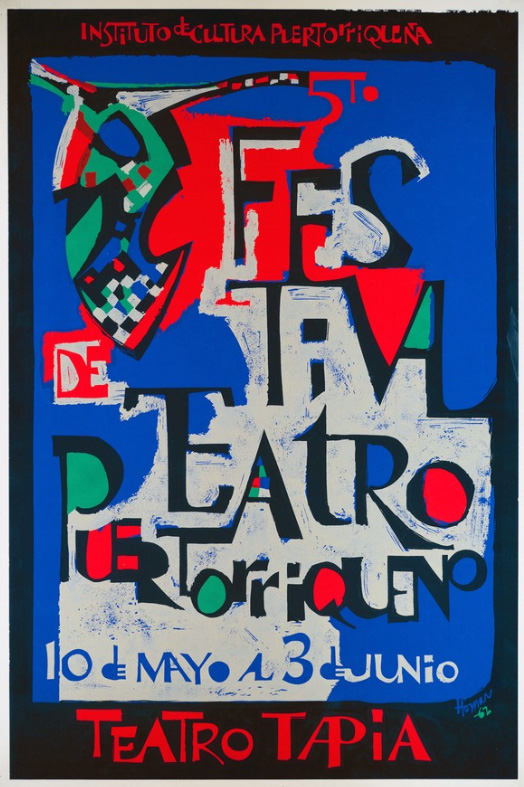
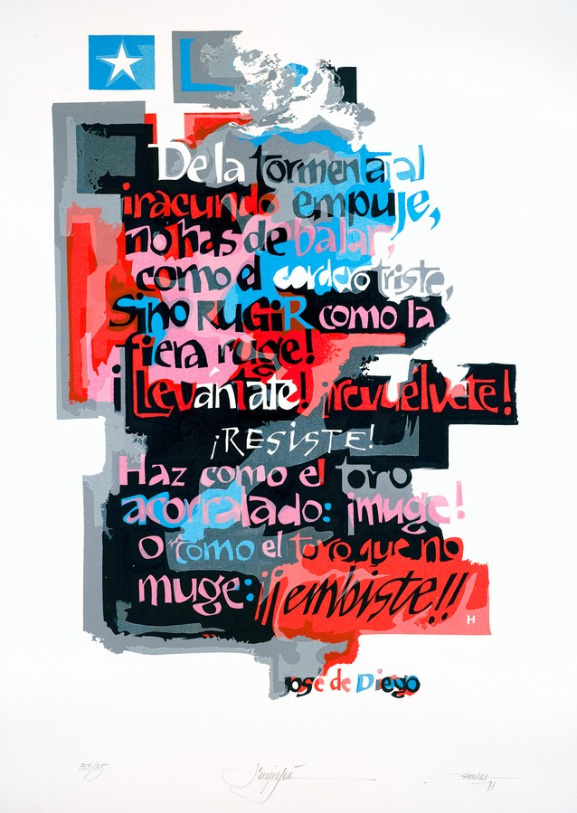
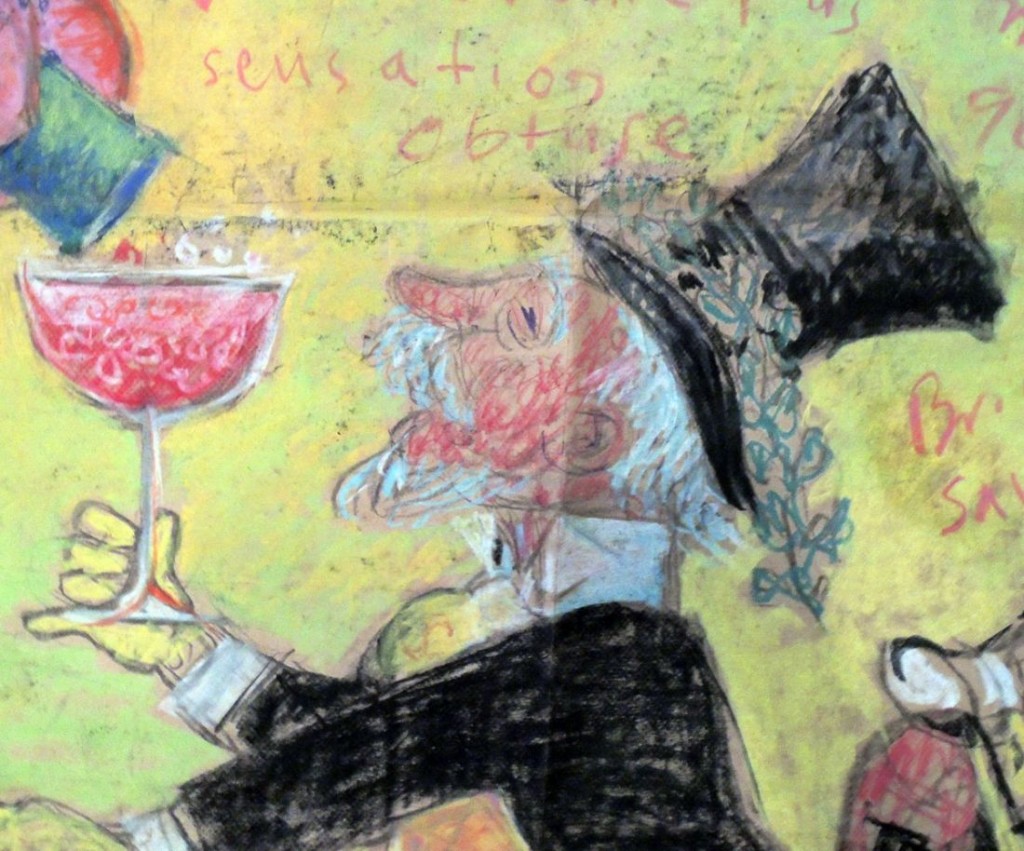
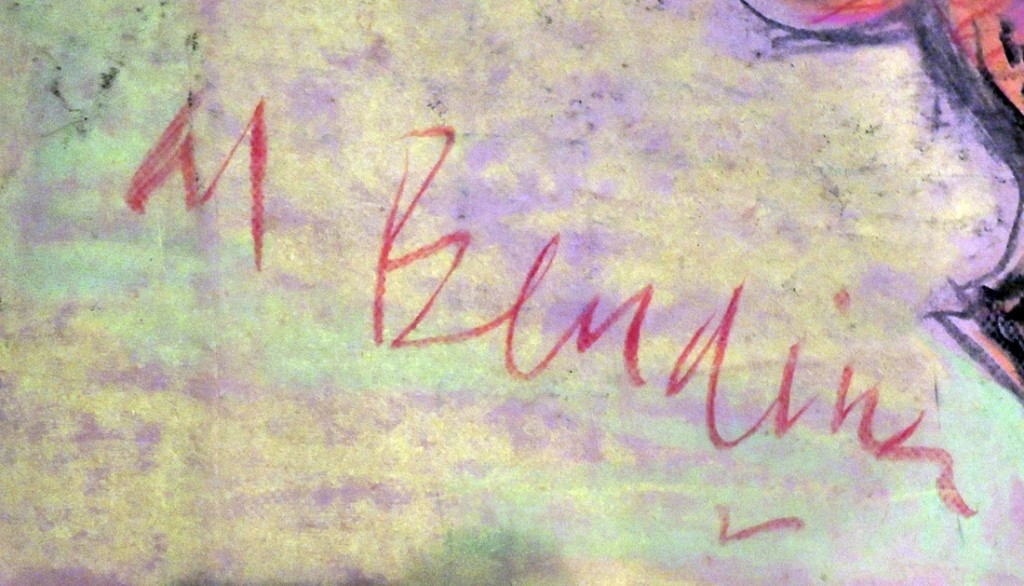
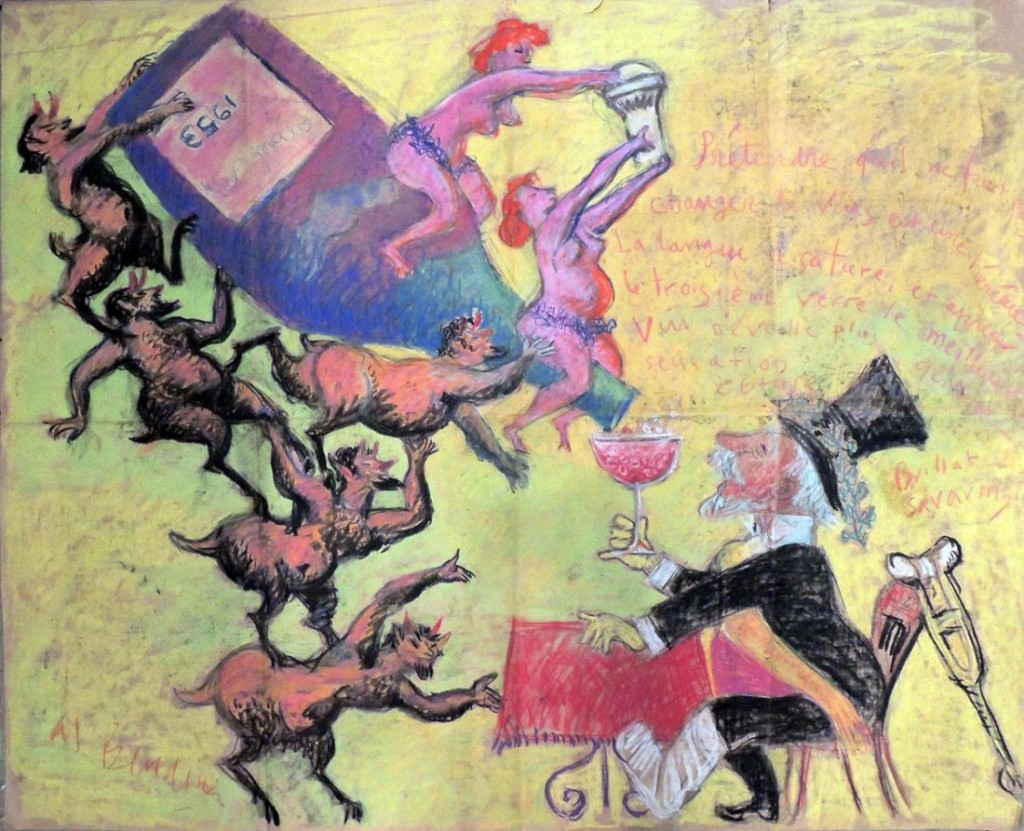
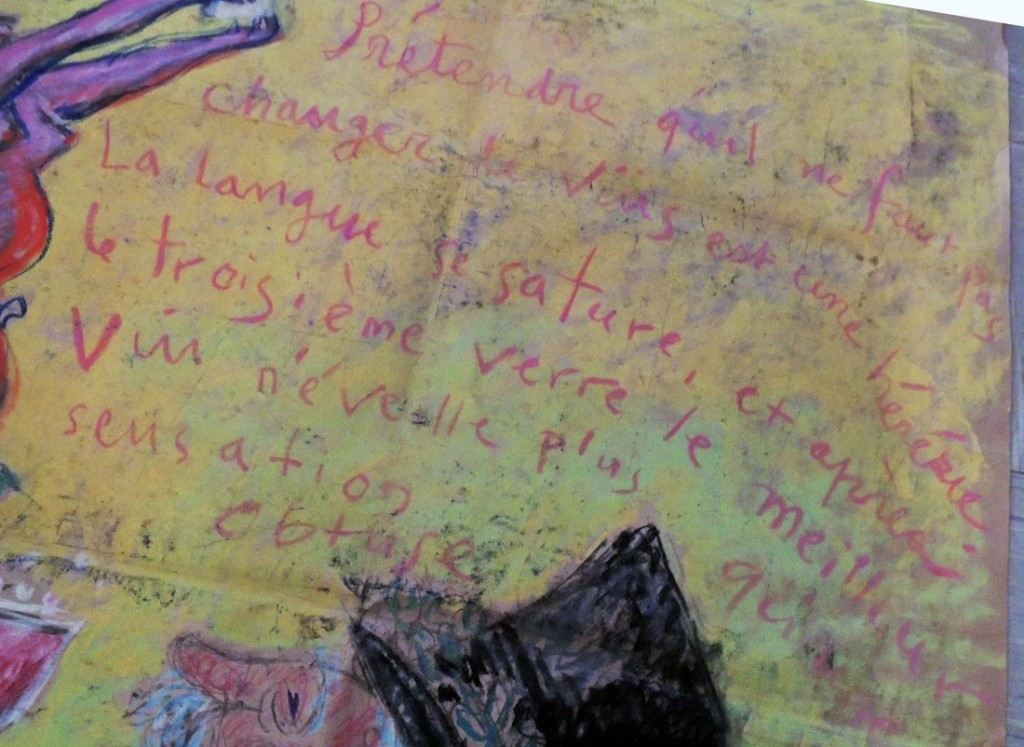
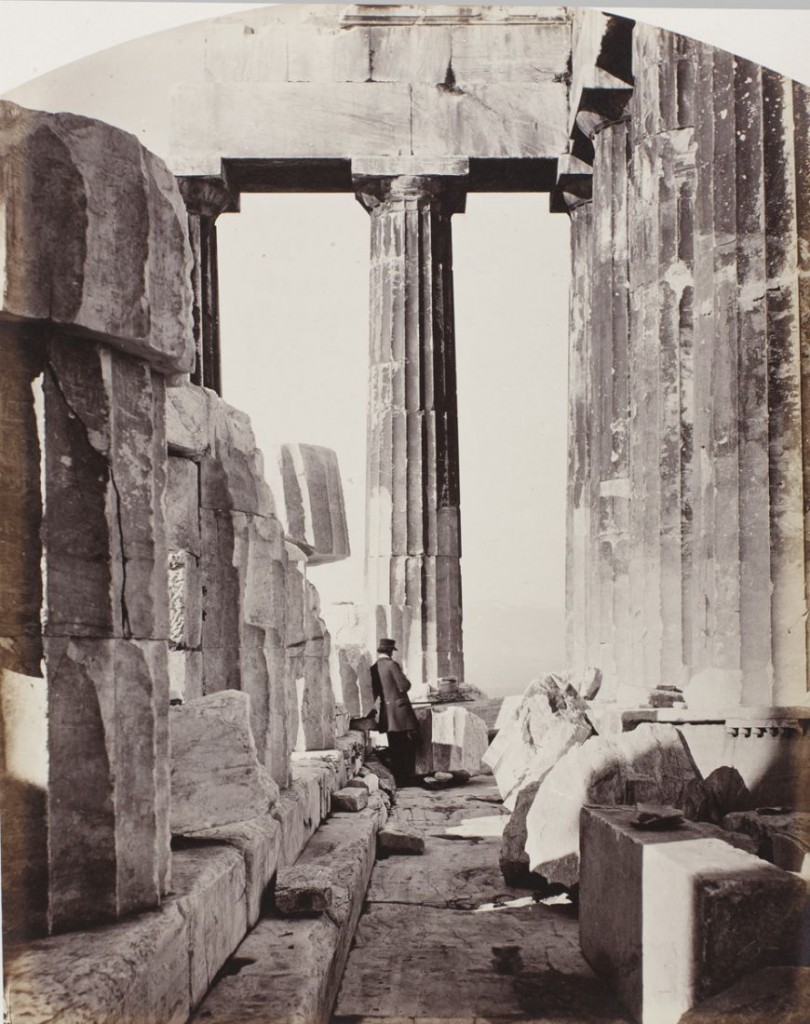
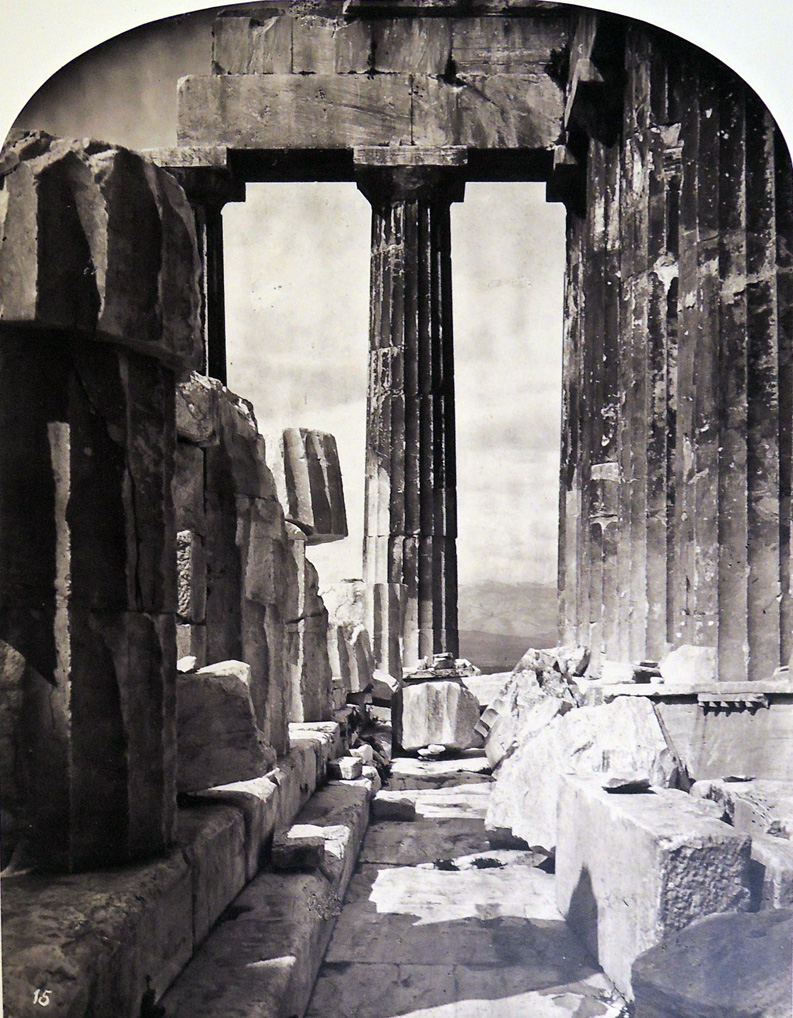


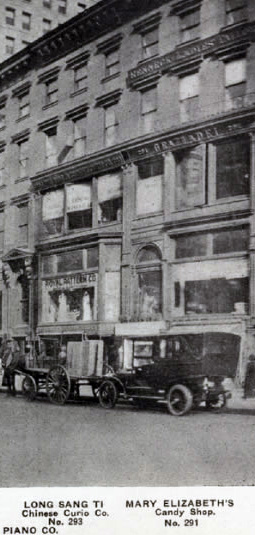 Thanks to the New York Public Library’s newly released digital collections, we can better understand the history of modern American photography.
Thanks to the New York Public Library’s newly released digital collections, we can better understand the history of modern American photography.
